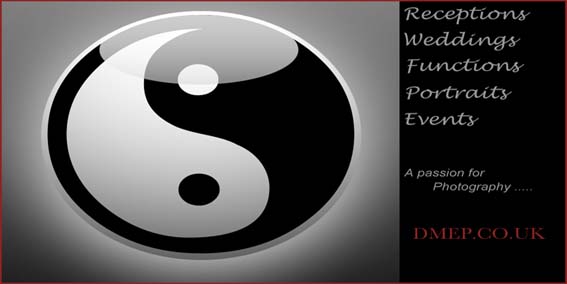There was a time all photos were made in black & white. Now the default is color and we have to adjust to get the images from their color to the monochromatic version. (Assuming digital camera.)
Now that shooting B&W is more of a deliberate choice, I thought I’d outline seven elements that I think help make up a great B&W image.
1. Great B&W images tend to be simple, with their main components isolated and easy to identify.
2. Great B&W images tend to have depth and dimension – usually accomplished by creating visual layers that extend from the foreground to the background and all points in between.
3. Great B&W images rely on shape and/or form to make up the image. Hue and color distractions are gone. Only the shapes or forms made up by objects remain and can be arranged in such a manner that they draw the eye into or out of the photograph at the appropriate time and place.
4. Great B&W images tend to exploit contrast. The difference between the whitest white and the blackest black is the highest contrast point in the picture and this can be used to draw the viewer’s eye. Good contrast can help add depth and dimension as well.
5. Great B&W images rely on tone and texture to take the place of color and hue. This can be accomplished in many ways. Texture for instance can be enhanced with side lighting. Sometimes high ISOs are used to emulate film grain for more texture.
6. Great B&W images often rely on patterns to draw the eye into the subject of the photo. It helps form shapes and designate important elements in any B&W scene.
7. Great B&W images tend to minimize the background and accentuate the foreground. While this is not always true, if you look at the bulk of the work of some of the great old-time B&W masters, you’ll find this technique used in many of their images, particularly portraits.
Of course there are many more traits you might want to consider when shooting for B&W images, but these seven points should be top-of-mind, especially if you’re new at B&W photography. They’ll get you to the point where you’re at least in the ball park. Your own vision and creativity can take you from there.
___
This post sponsored by WHCC – White House Custom Colour – Get Five Free 8×10 Prints From WHCC



No comments:
Post a Comment